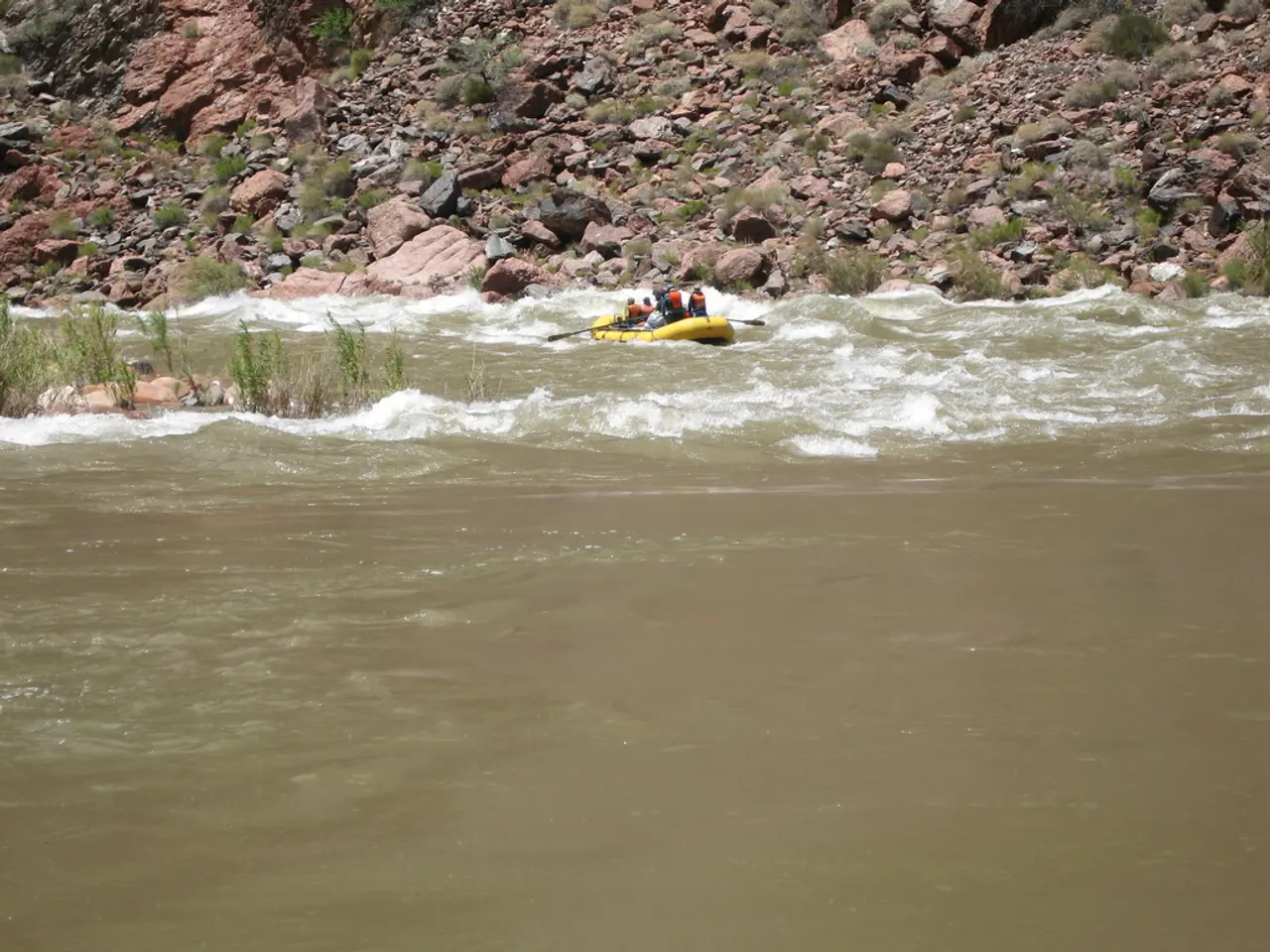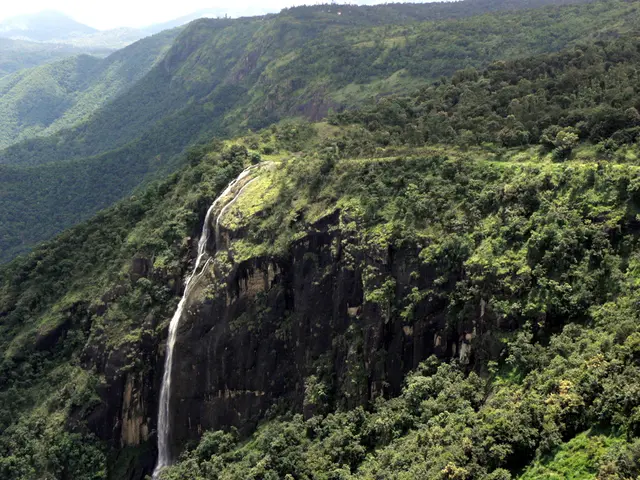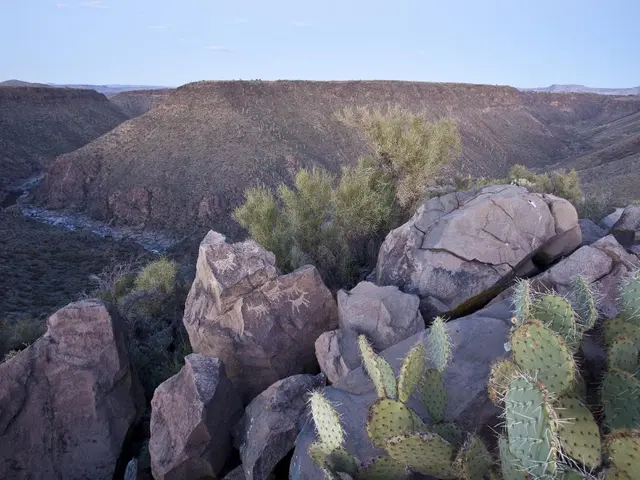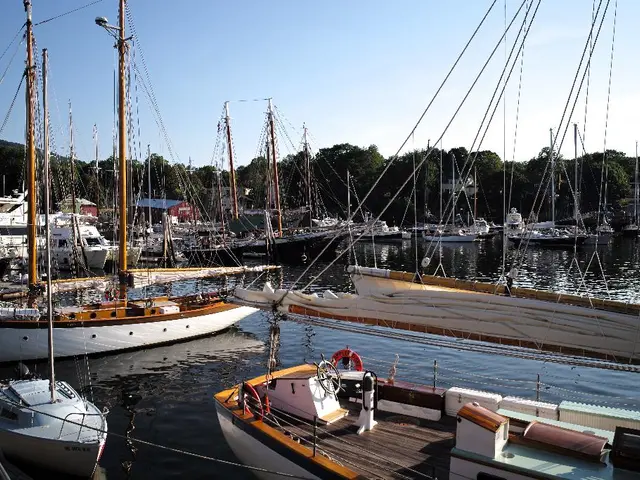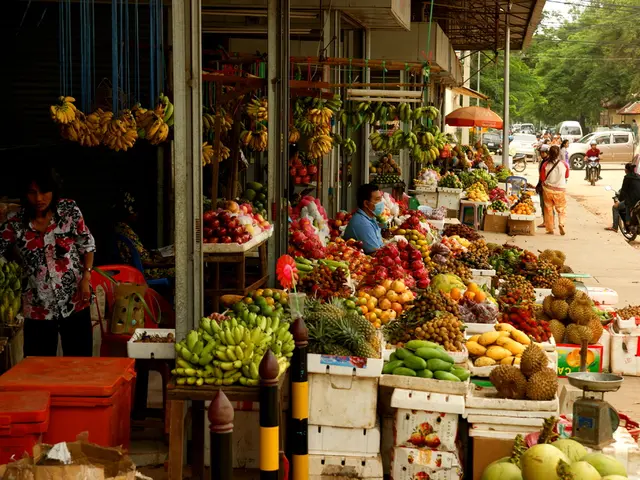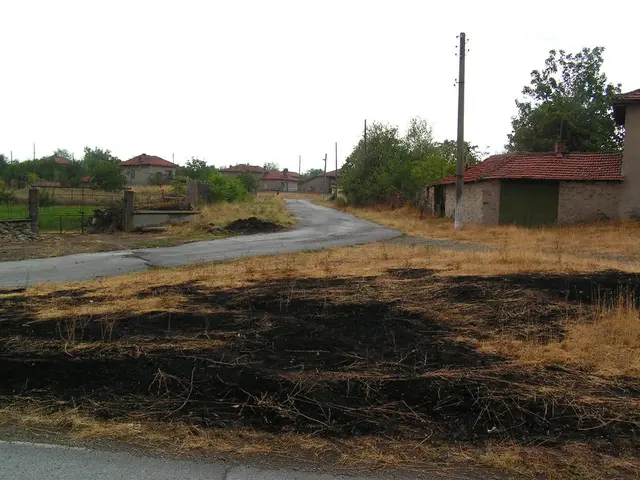Gullah/Geechee People Fight to Preserve Salt Marshes and Cultural Ties
Salt marshes, vital to coastal communities and ecosystems, face growing threats. The Gullah/Geechee people, descendants of enslaved Africans, are fighting to preserve their cultural ties to these vital habitats, as sea level rise and development put them at risk.
Salt marshes have long been integral to the survival and identity of the Gullah/Geechee people. They rely on these ecosystems for food, materials, and spiritual sustenance. The art of sweetgrass basketry, for instance, weaves marsh grass into intricate designs, preserving a centuries-old African tradition.
Organizations like Wetlands International and the EUCC are working to revitalize salt marsh ecosystems and cultural traditions. The Atlantic Saltmarsh Conservation Project, for example, aims to protect and restore these vital habitats. Community-led conservation initiatives and ecotourism are also gaining momentum, offering hope for the future of these ecosystems and the cultures that depend on them.
Historically, indigenous peoples and early colonists alike relied on salt marshes for survival. Colonists even altered them for salt hay and salt extraction, setting a pattern of economic alteration that continues today. Fishing families still depend on these marshes for subsistence, highlighting their enduring importance to coastal economies.
Salt marshes are not just ecological wonders; they are cultural treasures that shape the lives and identities of coastal communities. As threats mount, efforts to protect and restore these vital habitats are gaining traction. Organizations and communities are working together to preserve both the ecosystems and the cultural traditions that depend on them, ensuring a future where people and nature can thrive in balance.
